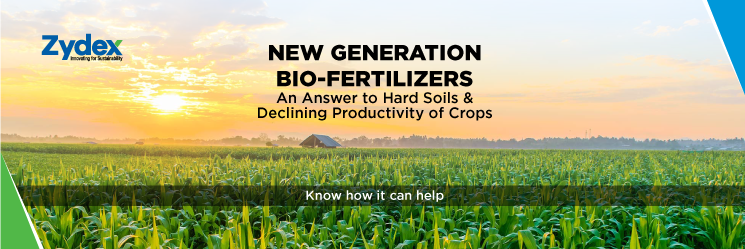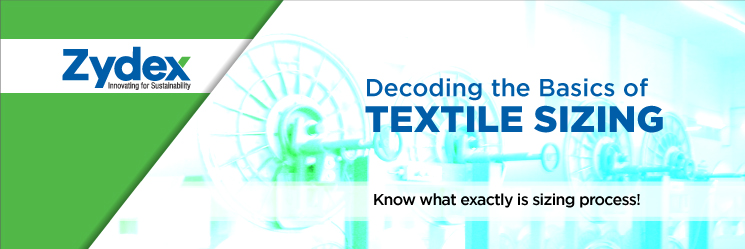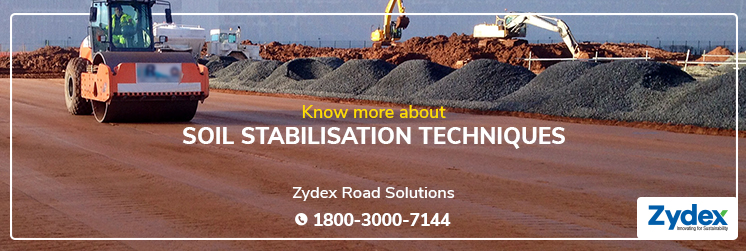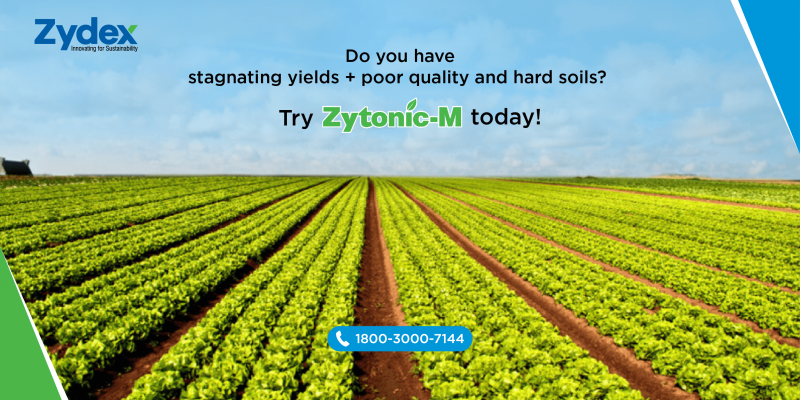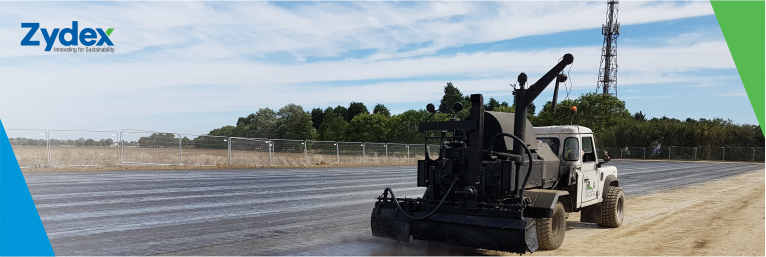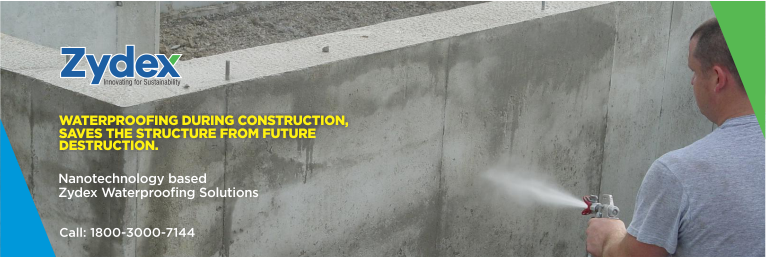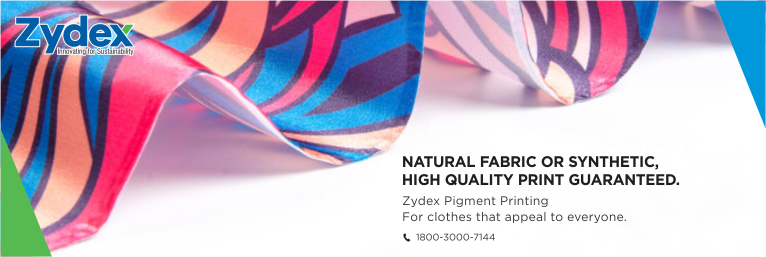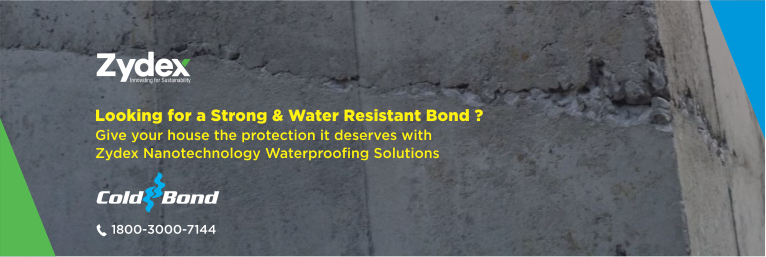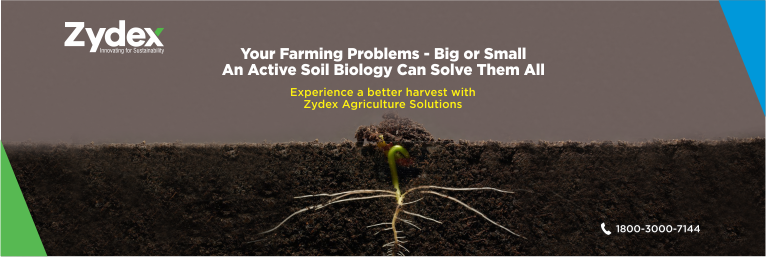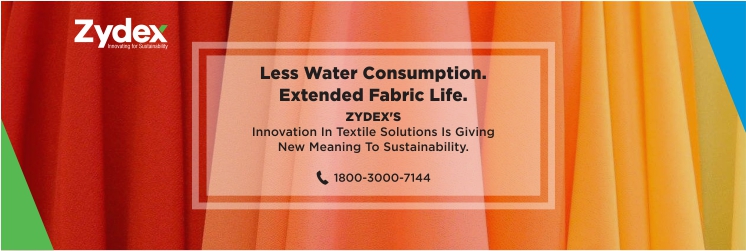Water Soluble Fertilizers, Hard soils and declining productivity is and will be the biggest challenge faced by farmers in the years to come. We all understand that the uncontrolled used of chemical inputs and unsustainable farm practices is the main culprit; however, the solution is far from clear and understood.
Bio-fertilizers have been around for many decades now, but the technology hasn’t been able to single-handedly replace these harmful chemical inputs. Moreover, the abundance of fake products in the market has left farmers hopeless and apprehensive to try anything new. As a result, farmers feel that there is no option but to apply these inputs in large quantities in order to sustain their yields and livelihoods.
Zytonic-M is a new generation biofertilizer technology, which has the ability to break this toxic cycle. What makes it unique in comparison to others is that it can directly cut 50% of the chemical fertilizer input from the first use, whilst delivering higher yields and quality produce. Apart from establishing mycorrhizal connections with the crop, this water soluble fertilizer helps to improve soil structure and softness, which increases soil water holding capacity as well as aeration.
This, in turn, allows the local soil biology to proliferate and actively provide a constant source of (previously unavailable) nutrients to the plant, which are already present in the soil. A constant and adequate supply of water and nutrients throughout the growing season is the key to any successful crop. This is exactly what Zytonic-M, a water-soluble fertilizer, is able to efficiently achieve by utilizing the systems already put in place by Mother Nature. “Back to the basics” and allowing natural processes to take over is the key!
Zytonic-M Benefits:
• Increased yield (15-50%)
• High produce quality
• Reduction in irrigation (20-30%) and drought resistance
• Reduction in chemical fertilizers (50-100%)
• Reduction in pesticide consumption (20-40%)


